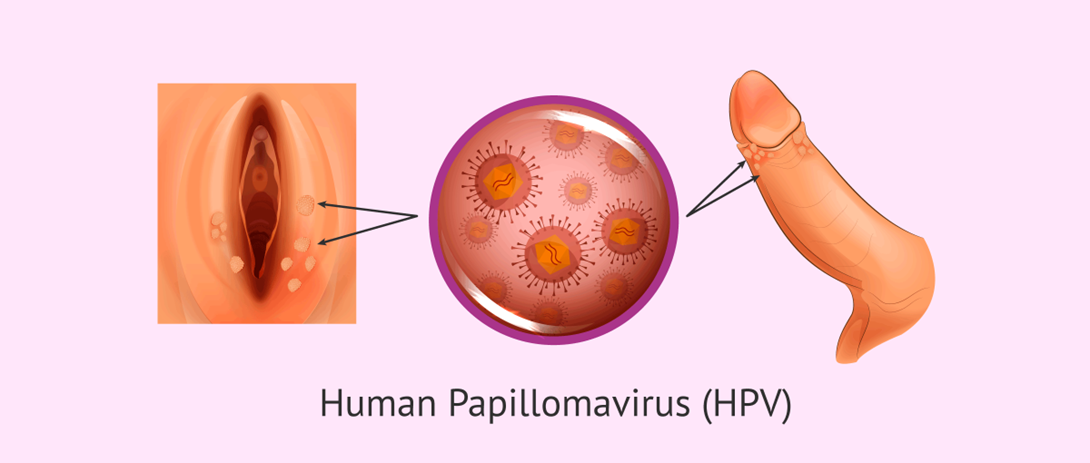What age group has the highest rates of STD infection?
15-24 years old
51-60 years old
25-35 years old
36-50 years old
The Correct Answer is A
Choice A reason: According to the CDC, nearly half (46%) of all new STDs occur among people between the ages of 15-24¹. This age group also has the highest rates of chlamydia, gonorrhea, and syphilis infections compared to other age groups. Some factors that contribute to this high burden of STDs among young people are biological, behavioral, and social.
Choice B reason: This is incorrect. The age group of 51-60 years old has lower rates of STD infection than the age group of 15-24 years old. According to the CDC, the reported rates of chlamydia, gonorrhea, and syphilis among 51-60 year olds in 2020 were 59.8, 54.7, and 12.4 per 100,000 population, respectively. These rates are much lower than the rates among 15-24 year olds, which were 1,583.3, 1,021.9, and 45.5 per 100,000 population, respectively.
Choice C reason: This is incorrect. The age group of 25-35 years old has lower rates of STD infection than the age group of 15-24 years old. According to the CDC, the reported rates of chlamydia, gonorrhea, and syphilis among 25-35 year olds in 2020 were 1,017.9, 1,015.6, and 66.9 per 100,000 population, respectively. These rates are lower than the rates among 15-24 year olds, which were 1,583.3, 1,021.9, and 45.5 per 100,000 population, respectively.
Choice D reason: This is incorrect. The age group of 36-50 years old has lower rates of STD infection than the age group of 15-24 years old. According to the CDC, the reported rates of chlamydia, gonorrhea, and syphilis among 36-50 year olds in 2020 were 316.6, 337.9, and 27.9 per 100,000 population, respectively. These rates are lower than the rates among 15-24 year olds, which were 1,583.3, 1,021.9, and 45.5 per 100,000 population, respectively.
Nursing Test Bank
Naxlex Comprehensive Predictor Exams
Related Questions
Correct Answer is D
Explanation
Choice A reason: Syphilis is not caused by a virus, but by a bacterium called Treponema pallidum. It can also be spread through unprotected sex, but it has different stages and symptoms than herpes. Syphilis can be cured with antibiotics if detected early.
Choice B reason: HIV/AIDS is caused by a virus, but not one that is related to the virus that causes chickenpox. HIV stands for human immunodeficiency virus, which attacks the immune system and can lead to AIDS (acquired immunodeficiency syndrome). HIV can be spread through unprotected sex, but also through other means such as blood transfusion or sharing needles. HIV cannot be cured, but antiretroviral therapy can help control the infection and prevent AIDS.
Choice C reason: Gonorrhea is not caused by a virus, but by a bacterium called Neisseria gonorrhoeae. It can be spread through unprotected sex, but it usually causes symptoms such as discharge, burning, or pain in the genitals, anus, or throat. Gonorrhea can be cured with antibiotics, but some strains are resistant to treatment.
Choice D reason: Herpes simplex virus is caused by a virus that is related to the virus that causes chickenpox. There are two types of herpes simplex virus: HSV-1 and HSV-2. HSV-1 usually causes oral herpes (cold sores), while HSV-2 usually causes genital herpes. However, both types can infect either area. Herpes can be spread through any form of unprotected sex, and can be transmitted even when there are no visible sores. Herpes has no cure, but antiviral medications can help reduce the frequency and severity of outbreaks.

Correct Answer is A
Explanation
Choice A reason: HPV is a common STI that causes genital warts and can lead to cervical cancer. It can be transmitted by any sexual contact or by skin to skin contact. A vaccine is available to protect against some strains of HPV.
Choice B reason: Genital herpes is an STI that causes painful blisters and sores on the genitals. It can be transmitted by any sexual contact or by skin to skin contact. There is no vaccine for genital herpes, but antiviral medications can reduce the symptoms and frequency of outbreaks.
Choice C reason: Chlamydia is an STI that causes inflammation and discharge from the genitals. It can be transmitted by any sexual contact. There is no vaccine for chlamydia, but antibiotics can cure the infection.
Choice D reason: Gonorrhea is an STI that causes pain and discharge from the genitals. It can be transmitted by any sexual contact. There is no vaccine for gonorrhea, but antibiotics can cure the infection.

Whether you are a student looking to ace your exams or a practicing nurse seeking to enhance your expertise , our nursing education contents will empower you with the confidence and competence to make a difference in the lives of patients and become a respected leader in the healthcare field.
Visit Naxlex, invest in your future and unlock endless possibilities with our unparalleled nursing education contents today
Report Wrong Answer on the Current Question
Do you disagree with the answer? If yes, what is your expected answer? Explain.
Kindly be descriptive with the issue you are facing.
